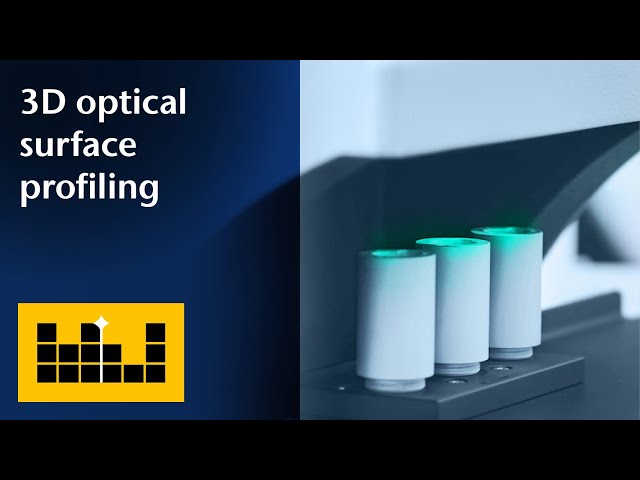Surface profiling is a technique used to measure the topography or surface roughness of a material. It involves scanning a surface with a probe and recording the variations in height. This information can be used to assess surface quality, understand material behavior, and improve manufacturing processes.
Surface Profiling Methods
There are several common methods used for surface profiling:
- Profilometry: This involves using a mechanical probe to scan the surface and measure its height variations. Profilometers are available in various configurations, including contact and non-contact types.
- Interferometry: This technique uses the interference of light waves to measure surface roughness. It is particularly suitable for measuring very smooth surfaces.
- Atomic force microscopy (AFM): AFM uses a tiny probe to scan the surface at an atomic level, providing extremely high-resolution images of surface topography.
- Scanning electron microscopy (SEM): While primarily used for imaging, SEM can also be used to measure surface roughness by analyzing the shadowing effects caused by surface features.
- White light interferometry: This method uses white light to measure surface topography, offering a wider range of measurement capabilities compared to traditional interferometry.
Applications of Surface Profiling
Surface profiling has numerous applications in various industries, including:
- Manufacturing: Assessing the quality of finished products, such as machined components and coatings.
- Materials science: Studying the surface properties of materials, such as roughness, texture, and defects.
- Tribology: Understanding the relationship between surface roughness and friction, wear, and lubrication.
- Nanotechnology: Characterizing the surface topography of nanomaterials and devices.
- Biomedical engineering: Analyzing the surface properties of medical implants and devices.
Factors Affecting Surface Profiling
The accuracy and precision of surface profiling measurements can be influenced by several factors, including:
- Probe type and size: The choice of probe can affect the resolution and accuracy of measurements.
- Scanning speed: The speed at which the probe scans the surface can affect the quality of the data.
- Sample preparation: The surface of the sample should be clean and free of contaminants.
- Environmental conditions: Factors such as temperature, humidity, and vibrations can affect measurement accuracy.
By understanding the principles of surface profiling and selecting the appropriate method for a given application, researchers and engineers can obtain valuable information about the surface properties of materials and improve the quality and performance of products.
